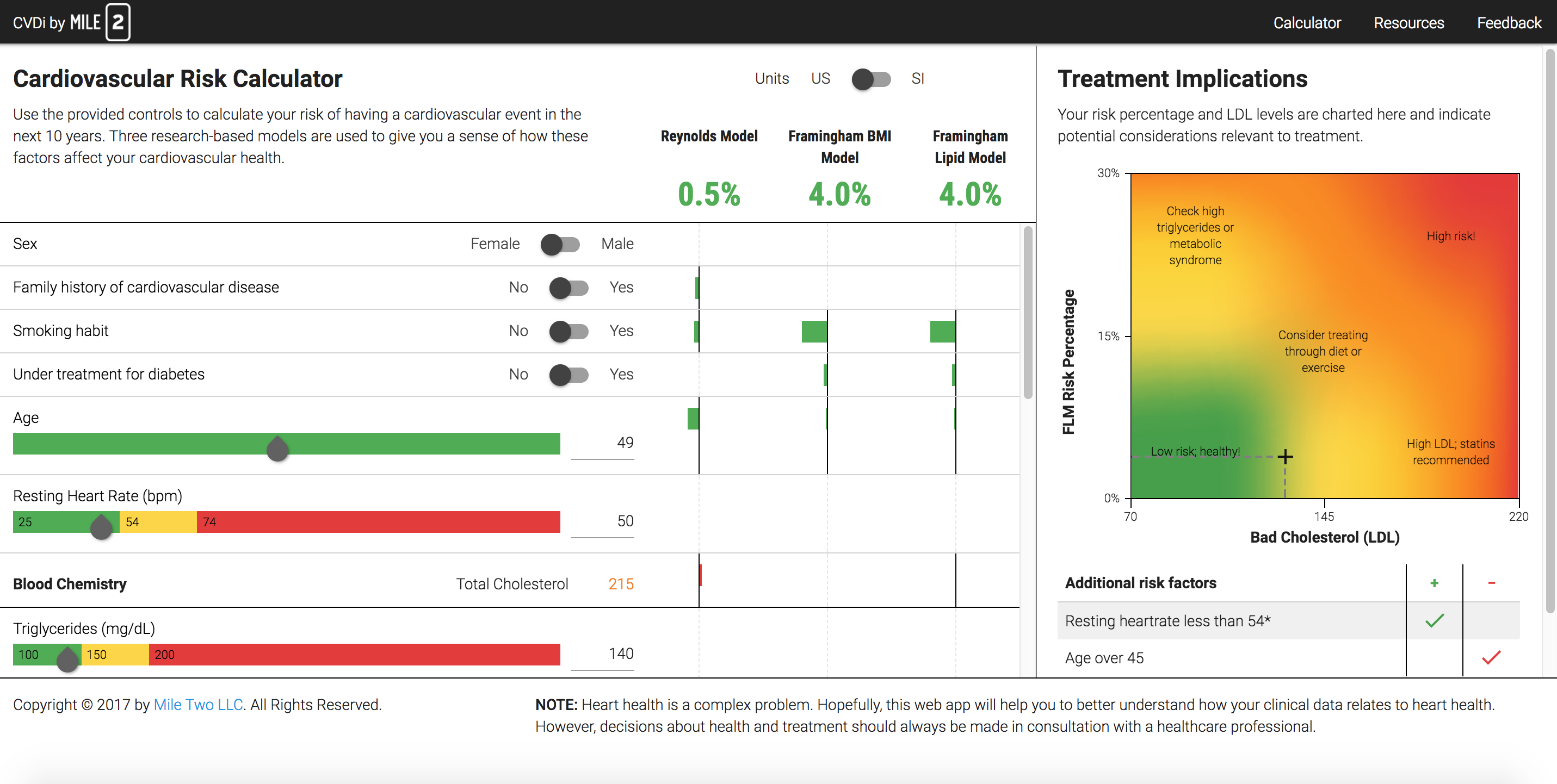Cognitive Systems Engineering (CSE) emerged from Human Factors as researchers began to realize that in order to fully understand human-computer interaction it was necessary to understand the 'work to be done' on the other side of the computer. They began to realize that for an interface to be effective, it had to map into both a 'mind' and onto a 'problem domain.' They began to realize that a representation only leads to productive thinking if it makes the 'deep structure' of the work domain salient. Thus, the design of the representation had to be motivated by a deep understanding of the domain (as well as a deep understanding of the mind).
User-eXperience Design (UXD) emerged from Product Design as designers began to realize that they were not simply creating 'objects.' They were creating experiences. They began to realize that products were embedded in a larger context, and that the ultimate measure of the quality of their design was the impact on this larger context - on the user experience. They began to realize that the quality of their designs did not simply lie in the object, but rather in the impact that the object had on the larger experience that it engendered. Designers began to realize that they were not simply shaping objects, but they were shaping experiences. Thus, the design of the object had to be motivated by a deep understanding of the context of use (as well as a deep understanding of the materials or technologies).
The common ground is the user-experience. CSE and UXD are both about designing experiences. They both require that designers deal with minds, objects, and contexts or ecologies. The motivating contexts have been different, with CSE emerging largely from experiences in safety critical systems (e.g., aviation, nuclear power); and UXD emerging largely from experiences with consumer products (e.g., tooth brushes, doors). However, the common realization is that 'context matters.' The common realization is that the constraints of the 'mind' and the constraints of the 'object' can only be fully understood in relation to a 'context of use.' The common realization is that 'functions matter.' And that 'functions' are relations between agents, tools, and ecologies.
The CSE and UXD communities have both come to realize that the qualities that matter are not in either the mind or the object, but rather in the experience. They have discovered that the proof of the pudding is in the eating.



